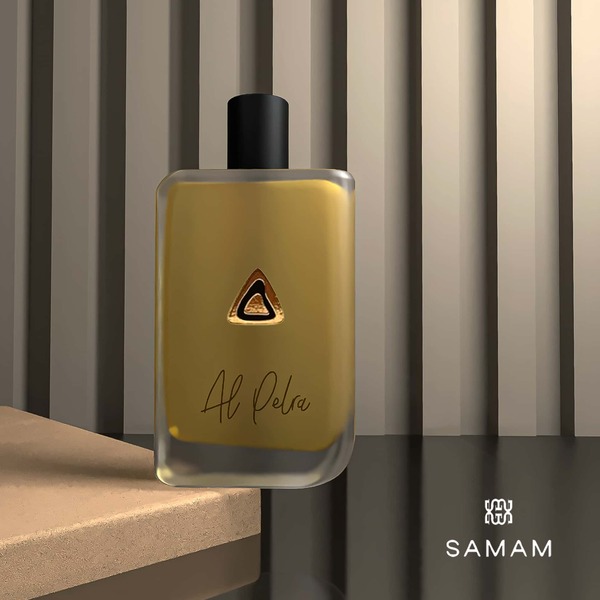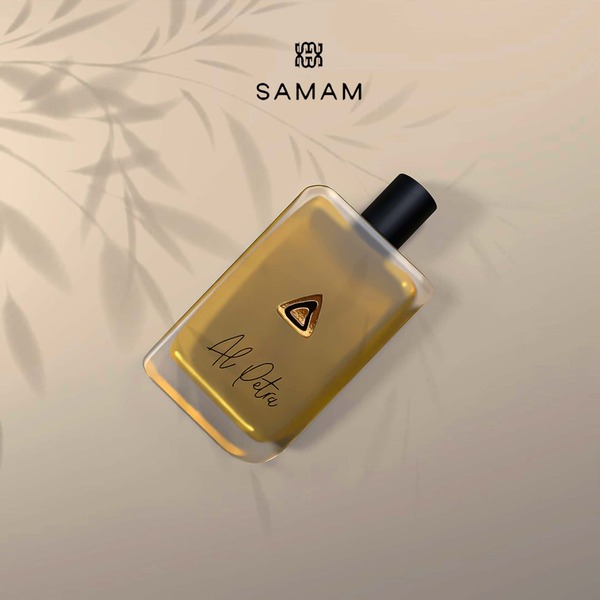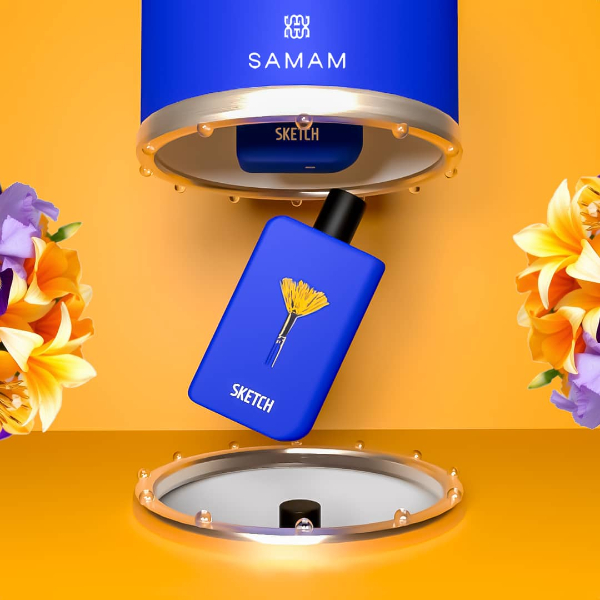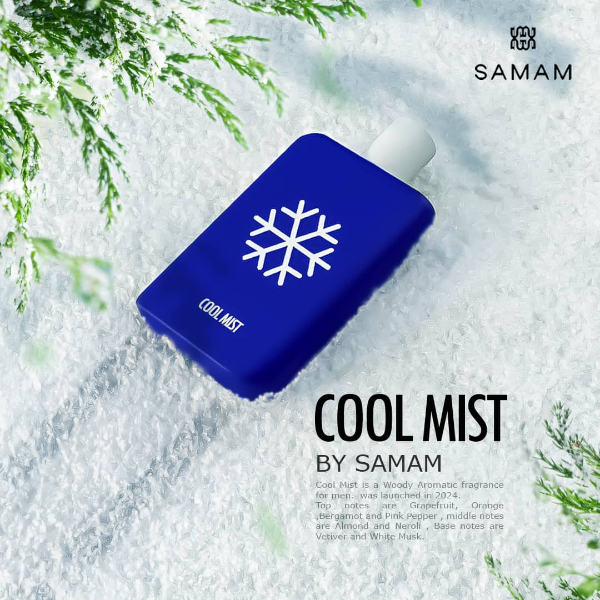Niche or Mainstream: What Truly Defines Perfume Today

Niche or Mainstream: What Truly Defines Perfume Today
A bottle of perfume can outlive its wearer. In the most exclusive circles, fragrance is treated as history captured in glass: a story, a signature and, increasingly, an investment. Collectors now view high-value bottles alongside fine art and jewellery, with auction houses recording sales that exceed $30,000 for rare editions. This shift reveals more than just sentiment.
Over 60% of affluent buyers report treating luxury perfumes as long-term assets rather than consumables. So what separates niche houses from mass-market icons is not only composition but also scarcity, craftsmanship, and the ability to endure in collections for generations.
Let’s delve deeper into this subject to understand the preferences for luxury perfumes today.

The Craft of Niche Perfumery
Niche perfumery thrives on rarity and imagination. Limited production runs, often numbering only in the hundreds, ensure exclusivity. Ingredients are sourced for quality over scalability, with natural extracts, resins and rare flowers forming the heart of compositions. Instead of following trend reports, niche perfumers rely on imagination, producing fragrances that surprise collectors and defy convention.
-
Artisan roots: Master perfumers craft blends guided by instinct and narrative.
-
Exclusive access: Bottles are sold only through select boutiques or private retailers.
-
Higher value: Niche fragrances generally retail between $150 and $400 per bottle, reflecting their craftsmanship and scarcity.
It is this scarcity, combined with the artistry of storytelling, that attracts collectors who seek individuality over ubiquity.
The Reach of Mainstream Icons
Mass-market perfumes dominate in scale. Produced by the millions, they rely on consistency, familiarity and visibility. Global fashion houses and designer brands back them with vast advertising budgets, ensuring that these scents become household names.
-
Accessibility: Price points typically range between $50 and $120, making them widely available.
-
Marketing power: Celebrity endorsements and global campaigns build instant recognition.
-
Distribution scale: Products are found in department stores, airports and virtually every major retail channel.
These perfumes offer reliability and universal appeal, yet rarely capture the aura of exclusivity that collectors crave.

Where Boundaries Blur
In recent years, the lines have become less rigid. Large fashion houses now curate exclusive collections, marketed as boutique lines that echo the spirit of niche artistry. Chanel’s “Les Exclusifs” and Armani’s “Privé” series illustrate how mainstream giants borrow the codes of rarity, limiting distribution and experimenting with bolder compositions.
At the same time, multinational conglomerates have acquired niche brands, absorbing them into broader portfolios. While this expands reach, it raises questions about whether the purity of artisanal intent can withstand mass exposure.
The global market reflects this dynamic tension. Niche perfume sales are growing at a CAGR of 14.5%, compared with around 6% for mainstream segments. This pace of growth underscores the appetite for authenticity, scarcity and distinction in an industry once driven only by scale.
Key Contrasts at a Glance
| Aspect | Niche Perfumes | Mass-Market Perfumes |
|---|---|---|
| Production | Limited batches, often artisanal | Large-scale, industrial output |
| Creativity | Story-led, boundary-pushing | Trend-following, broad appeal |
| Ingredients | Rare, costly naturals | Widely available synthetics |
| Price Range | $150–$400 on average | $50–$120 on average |
| Positioning | Exclusivity and collectability | Accessibility and brand extension |
Collectability and Cultural Value
A perfume bottle is now more than a consumable. For serious collectors, it is both a vessel of artistry, and a store of value. Provenance, ingredient integrity and preservation determine whether a fragrance holds its worth over decades. Auction houses such as Sotheby’s and Christie’s now feature perfumes alongside fine wines and jewellery, validating their place in the cultural investment landscape.
This shift positions perfume at the intersection of memory and materiality. To wear it is to embody identity. To collect it is to honour history.


Rare Collectibles On Display
At Stardust Perfume, we curate a portfolio of rare houses and exclusive compositions that appeal to connoisseurs and investors alike. Every fragrance is chosen for its artistry, provenance and potential to endure both emotionally and financially. For sophisticated buyers, the purchase of perfume is not simply indulgence but an acquisition of cultural heritage.
To experience compositions designed to stand apart and to last, explore the world of rare scent with us.
